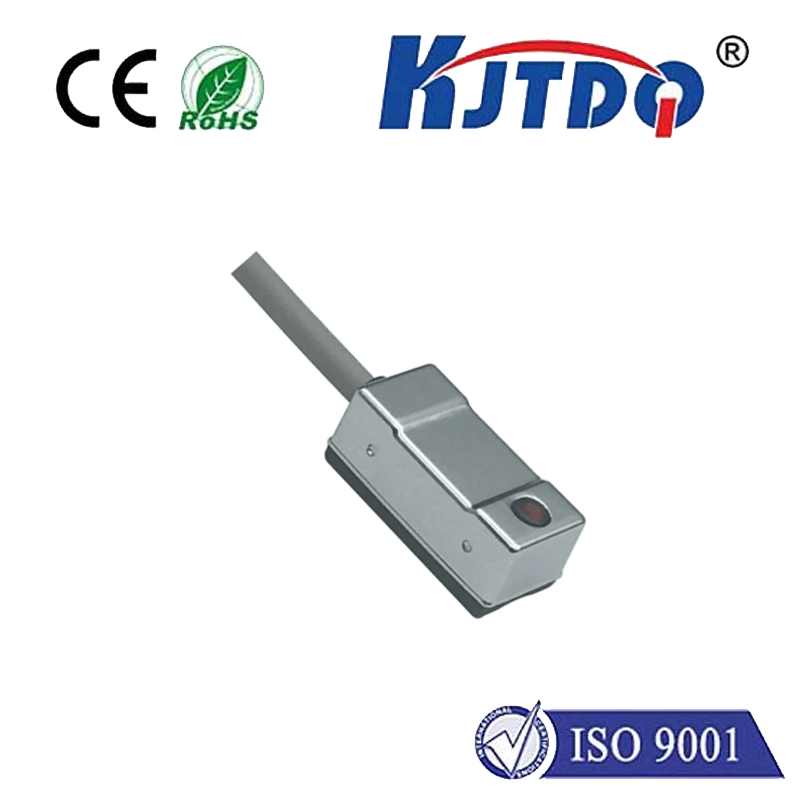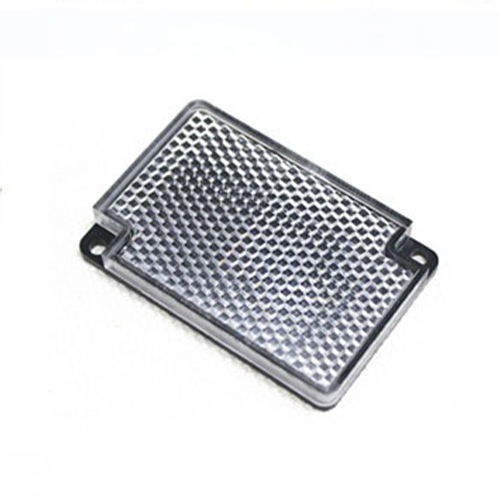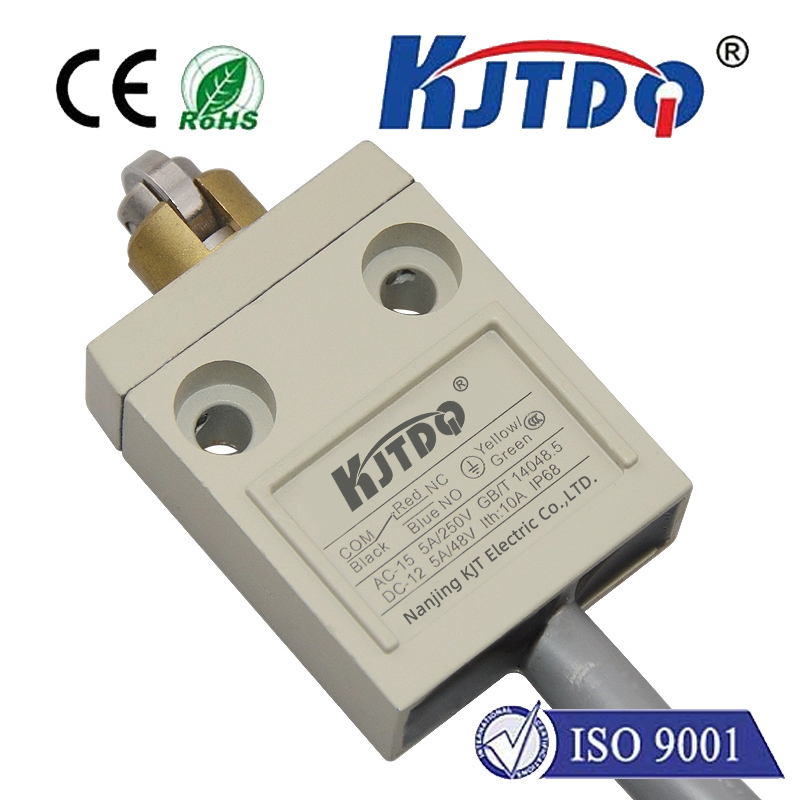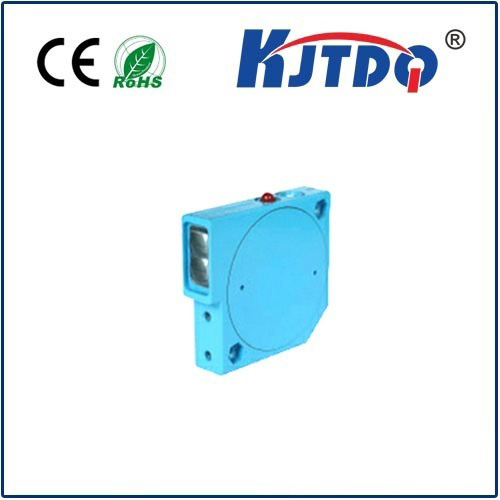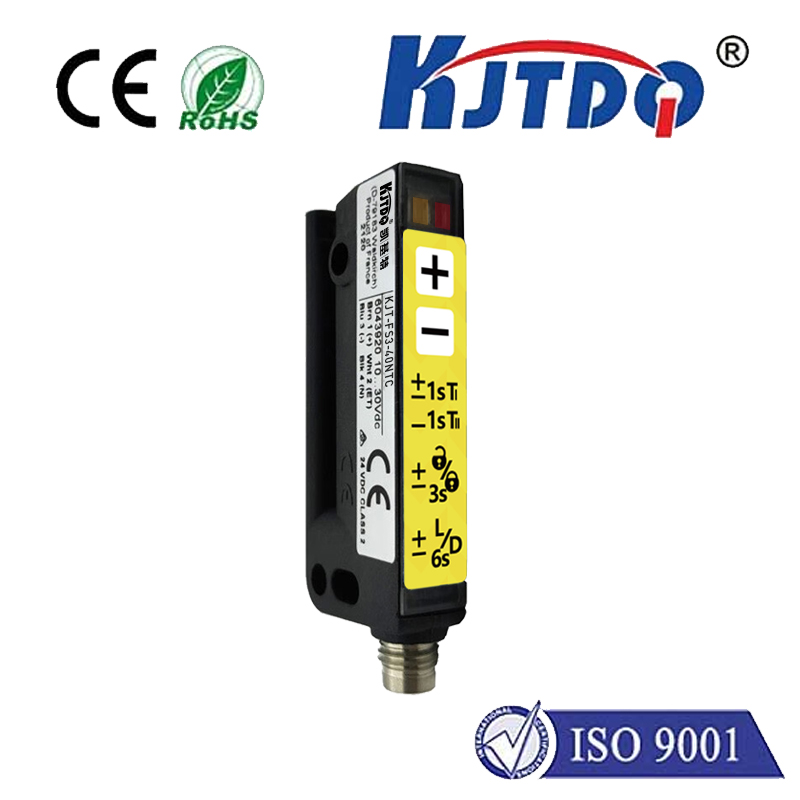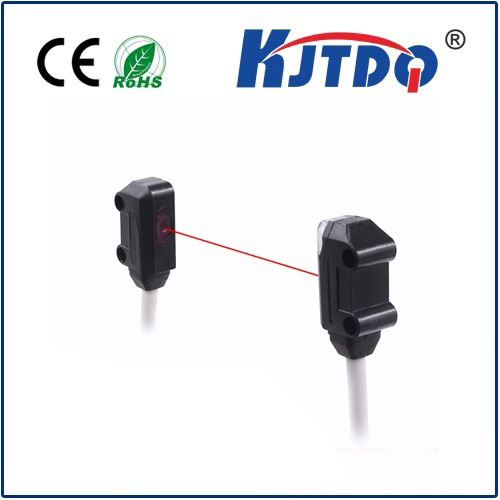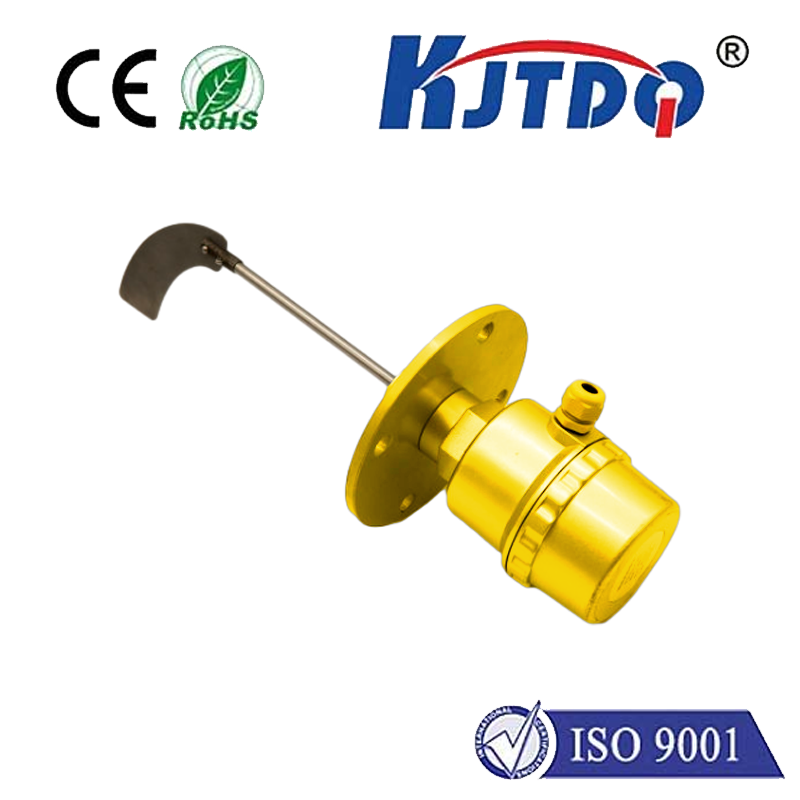

check

check

check

check

check

check

check

check

check

check
Introduction (50 words):
In today's increasingly digital world, the Internet of Things (IoT) has become a vital component of many industries. One of the key features of IoT systems is their ability to collect and transmit data from various sensors, which helps in improving efficiency and decision-making processes. Among these sensors, Jarak proximity sensors stand out for their high accuracy and reliability, making them an ideal choice for various applications. This article will explore how integrating Jarak proximity sensors into your IoT system can enhance connectivity and accuracy while simplifying the overall process.
Body (1000 words):
1. Jarak Sensors and Their Applications
Jarak sensors are designed to measure distance based on the time it takes for sound waves to travel between two points. These sensors are widely used in various applications such as robotics, automotive, aerospace, and industrial automation. In each of these sectors, the primary advantage of Jarak sensors is their superior accuracy compared to other distance measurement methods like ultrasonic or infrared sensors. By using Jarak sensors, you can achieve higher precision in your IoT system, resulting in better performance and more reliable results.
2. Advantages of Jarak Sensors in IoT Systems
There are several advantages of using Jarak sensors in your IoT system, including:
a. High Accuracy: Jarak sensors have a higher degree of accuracy compared to other distance measurement methods. This is due to their use of sound waves instead of electromagnetic radiation, which ensures minimal interference from other electronic devices.
b. Long-Range Capabilities: While most other distance measurement methods have limitations on the maximum range they can achieve, Jarak sensors have been known to operate over long distances with high accuracy. This makes them suitable for applications where traditional sensors may not be effective.
c. Simple Installation: Jarak sensors typically require minimal setup and installation procedures. This reduces the complexity involved in integrating them into an IoT system, allowing businesses to focus more on other aspects of their operations.
d. Low Power Consumption: Unlike some other sensors that consume a substantial amount of power, Jarak sensors operate at a lower power level, reducing energy consumption and prolonging battery life.
e. Versatile Applications: Jarak sensors can be used in various environments and scenarios, making them suitable for a wide range of applications such as object tracking, gesture recognition, and area detection.
3. Integrating Jarak Sensors into Your IoT System
Integrating Jarak sensors into your IoT system involves several steps, including:
a. selecting the appropriate sensor models based on your specific needs and requirements. There are different types of Jarak sensors available with varying degrees of accuracy, speed, and range capabilities. It's essential to choose the right sensor for your application to ensure optimal results.
b. connecting the sensor to a compatible gateway or microcontroller that can process the sensor data and send it to the cloud or other destinations within your network. This requires knowledge of embedded systems programming or working with experts in the field who can assist with this step.
c. configuring the sensor settings based on your application's requirements. This might include setting up thresholds for detecting objects or adjusting the sensor's frequency response to minimize interference from other electronic devices.
d. testing the integration process to ensure that the sensor operates correctly within your IoT system. This involves verifying that the sensor provides accurate readings and functioning as expected in real-world conditions.
4. Best Practices for Using Jarak Sensors in Your IoT System
